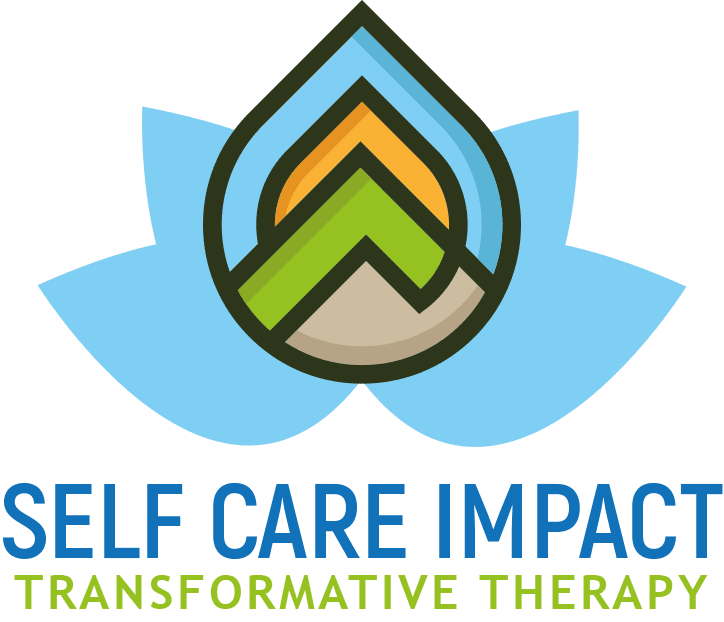In a time when the word “pandemic” is in daily usage, it can be jolting to ponder other diseases and conditions. Anxiety disorders, for example, impact close to one in five Americans each year. This adds up to about 40 million individuals and includes 8 percent of children and teenagers. Anxiety is the sixth largest cause of disability in the U.S. Globally, it is the most common mental disorder yet two-thirds of those with anxiety disorders do not seek out treatment. How disheartening to ponder these numbers when effective options — like cognitive behavioral therapy (CBT) — are available.
Anxiety Disorders: The Basics
While everyone feels nervous or anxious at times, that’s not the same as having an anxiety disorder. Such a disorder is a diagnosable condition that may fall into a few broad categories like Generalized Anxiety Disorder, Panic Disorder, Social Phobia, Obsessive-Compulsive Disorder (OCD), and Post-Traumatic Stress Disorder (PTSD). Symptoms vary from type to type. Some symptoms that are common across the board include:
- Physical signs like digestive disturbances, racing heart rate, shortness of breath, sleep problems, fatigue, unexplained muscle aches and pains, and extreme sweating.
- Emotional signs like irritability, apprehension, jumpiness, dread, restlessness, hyper-vigilance, and always expecting the worst.
As mentioned above, cognitive behavioral therapy (CBT) is a proven strategy for addressing this increasingly common condition.
What is CBT?
Cognitive-behavioral therapy is a form of talk therapy that helps by breaking down your problems into smaller parts, e.g. thoughts, actions, situations, emotions, and physical feelings. CBT works on the premise that these components affect each other and thus, affect the quality of our lives. It’s not about focusing on the past. CBT is designed to discover pragmatic solutions in the here and now. This is accomplished partly by teaching you to identify your stressors, triggers, and reactions. Such awareness puts a lot more power back into your hands when it comes to dealing with anxiety.
5. CBT Strategies to Try When You Can’t Stop Worrying
1. Practice Mindfulness
Anxiety takes us out of the present moment. We ruminate about the past and dread the future. CBT helps us understand the value of mindfulness which roots us in the present.
2. Cognitive Restructuring
This CBT technique teaches us to closely examine our anxious moments. What is causing it? What thoughts are you having? Are any physical symptoms arising? Cognitive restructuring takes some of the mystery out of the situation. You can then get better at preempting anxiety attacks by recognizing the triggers and signs.
3. Be Your Own Champion
When your inner critic lashes out, CBT informs us that it’s probably due to anxiety. This awareness reminds us to speak to ourselves as we would speak to our best friend. If your BFF were having a hard time, you’d greet them with compassion and patience. Do you deserve the same treatment from yourself?
4. Be Patient With Yourself
Following up on suggestion #3: don’t rush or pressure yourself. When advising a loved one, you’d urge them to be patient with their progress. Aim this patience inward. Healing and recovery do not happen overnight. Therefore, remind yourself of this truism as often as possible.
5. Live Your Life
Some anxiety is inevitable. Problems arise when it impedes your daily function. So, don’t stop doing what you enjoy doing just because anxiety tells you it could be risky. Gently talk back to your anxiety and let yourself have some fun. It will add balance to your life and help you see that almost every time, anxiety is lying to you.
This is a tough process. You don’t have to go it alone. Read more about anxiety therapy and reach out today to set up a consultation.
Getting Started With Anxiety Counseling in Lakewood & Longmont Colorado
We invite you to call us at 720-551-4553 for a free 20-minute phone consultation. You can schedule your appointment via phone, email, or the contact page on our website. We offer both in-person and online counseling. We’re open to whichever option you feel more comfortable with. We look forward to hearing from you!

